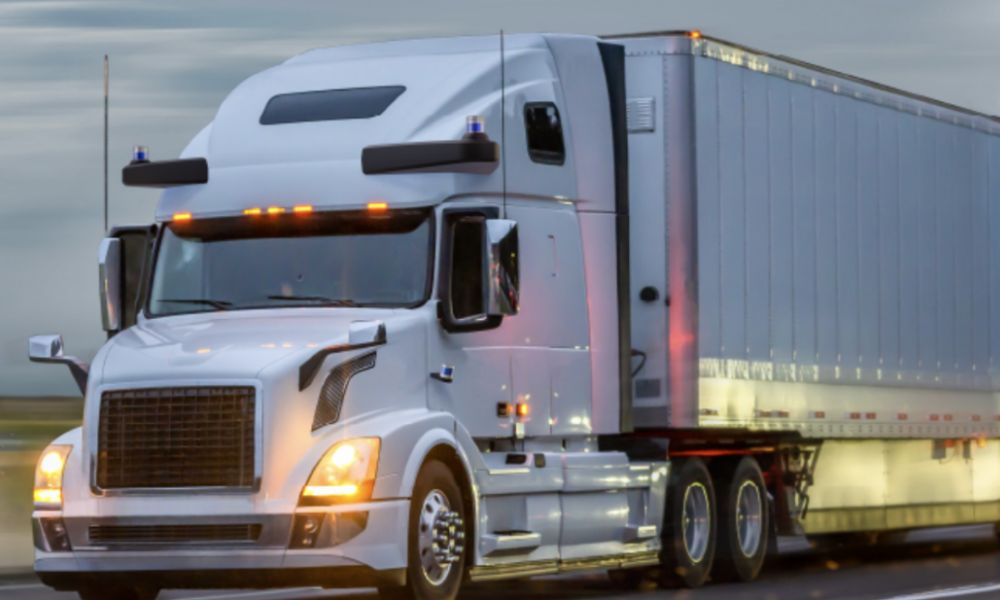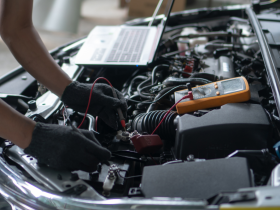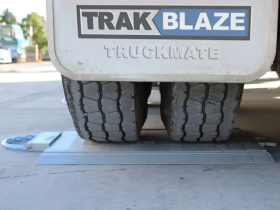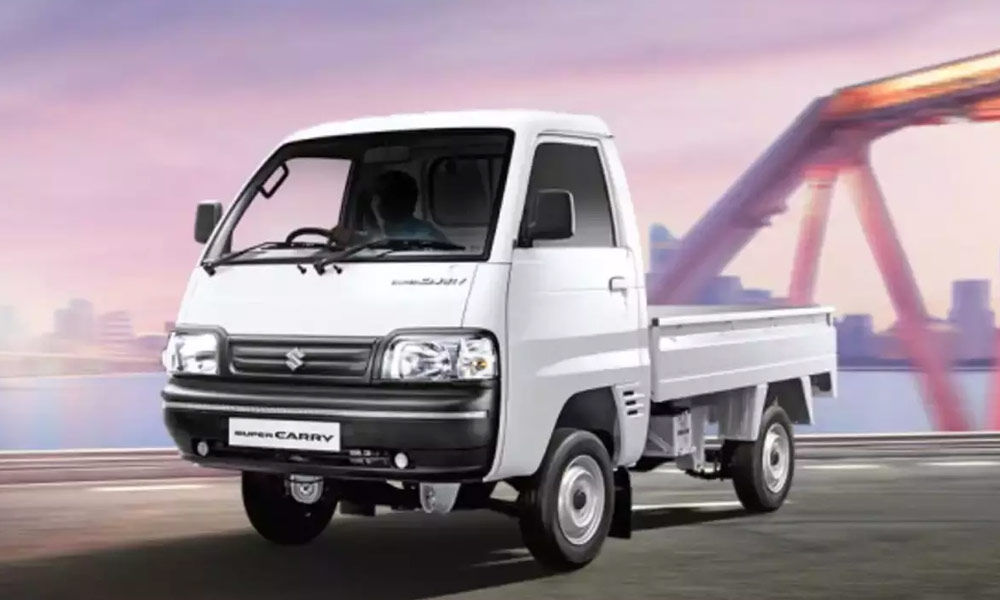Advancements in technology have revolutionized the trucking industry, making it more efficient and safer. In recent years, trucking companies have invested heavily in technology to improve driver safety, which has led to a reduction in accidents and fatalities on the road.
Here are some of the ways in which trucking technology is enhancing driver safety:
- Collision Avoidance Systems: Collision avoidance systems use sensors and cameras to detect potential collisions and alert the driver. These systems can also apply the brakes automatically if the driver does not respond to the warning.
- Electronic Logging Devices: Electronic logging devices (ELDs) have been mandated by the Federal Motor Carrier Safety Administration (FMCSA) for all commercial trucks. ELDs keep track of a driver’s hours of service, ensuring that they take enough rest breaks and do not exceed the maximum number of hours on the road. This reduces driver fatigue and the risk of accidents caused by drowsy driving.
- Blind Spot Detection: Blind spot detection systems use sensors to detect vehicles in the driver’s blind spot. If the driver signals to change lanes and there is a vehicle in the blind spot, the system will alert the driver to avoid a collision.
- Driver Monitoring Systems: Driver monitoring systems use cameras and sensors to monitor a driver’s behavior. If the system detects that the driver is distracted or drowsy, it will alert the driver to take a break or refocus on the road.
- Smart Braking Systems: Smart braking systems use sensors to detect obstacles in the road and adjust the brakes accordingly. This can prevent accidents caused by sudden stops or unexpected obstacles.
These are just a few examples of the many ways in which technology is enhancing driver safety in the trucking industry. By investing in these technologies, trucking companies are not only protecting their drivers but also other road users.
It’s worth noting that while these technologies are highly effective, they are not foolproof. Drivers still need to be vigilant and aware of their surroundings at all times. Technology is a tool to assist drivers, but it cannot replace human judgment and common sense.
The Future of Trucking Technology

The trucking industry is constantly evolving, and new technologies are being developed all the time. Here are some of the technologies that we can expect to see in the near future:
- Platooning: Platooning involves a group of trucks driving closely together, connected by wireless communication technology. The lead truck sets the pace, and the other trucks follow closely behind, reducing wind resistance and improving fuel efficiency. This technology is still in the testing phase, but it has the potential to revolutionize the industry.
- Automated Trucks: Fully automated trucks are still a few years away, but they are on the horizon. These trucks will be able to drive themselves, reducing the need for human drivers. While this technology has the potential to improve safety and efficiency, it also raises concerns about job loss and the impact on the trucking industry.
- Virtual Reality Training: Virtual reality training can provide drivers with realistic simulations of driving scenarios, allowing them to practice their skills in a safe environment. This technology can help to reduce accidents caused by inexperienced drivers or those who have not had enough practice on the road.
In conclusion, trucking technology is enhancing driver safety in many ways, from collision avoidance systems to driver monitoring systems. These technologies are reducing the risk of accidents and fatalities on the road, making the trucking industry safer for everyone. As technology continues to evolve, we can expect to see even more innovations in the future.











